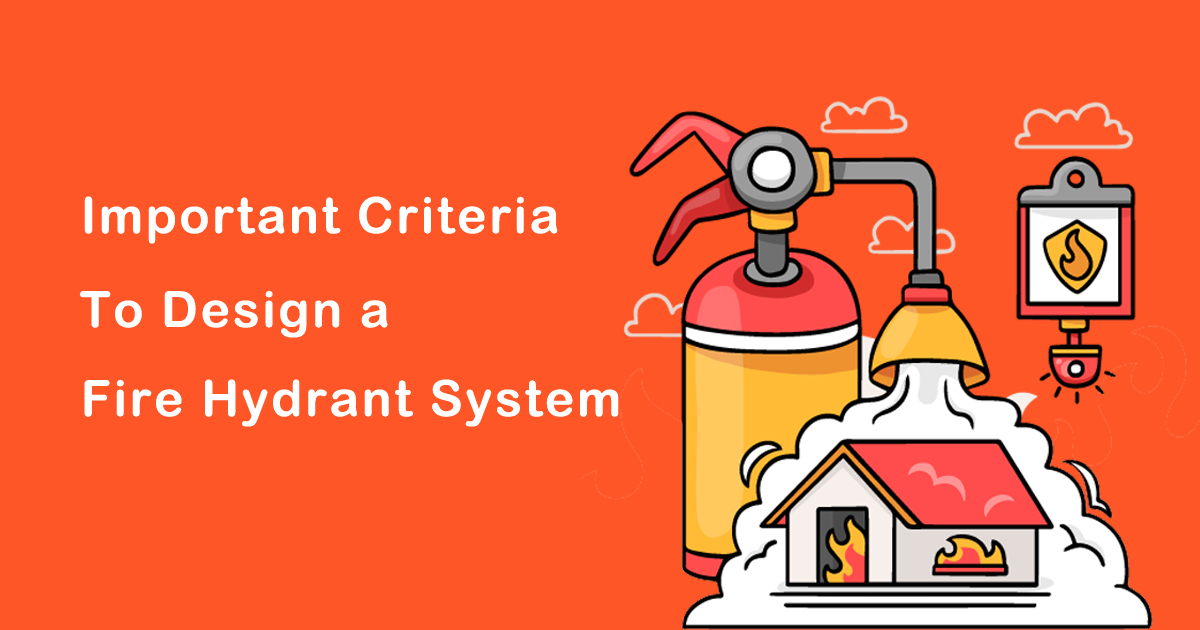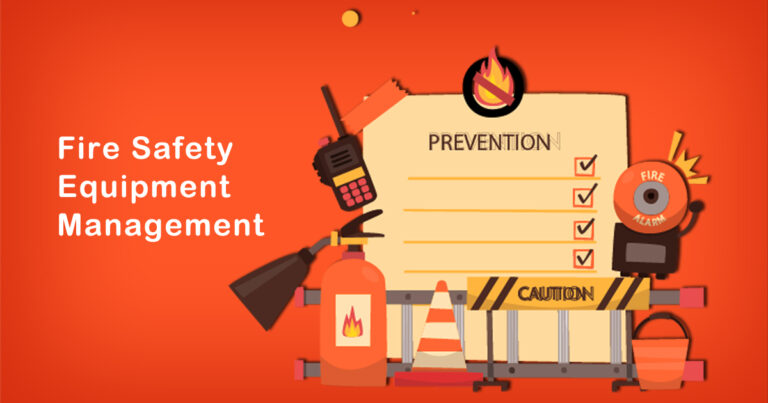Introduction
A fire hydrant system is an essential part of any building’s fire safety measures. It is designed to provide water to firefighters in the event of a fire. When designing a fire hydrant system, several critical criteria must be considered to ensure that the system is effective in protecting the building and its occupants. In this blog, we will discuss some of the important criteria that must be considered when designing a fire hydrant system.
1. Water Supply
One of the most critical criteria for designing a fire hydrant system is the water supply. The water supply must be sufficient to meet the demand of the system, including any firefighting activities. The water supply can be from a municipal water source, an on-site water storage tank, or a combination of both. The water supply must be reliable and have sufficient pressure to deliver water to the highest point of the building.
2. Building Size and Layout
The size and layout of the building must be considered when designing a fire hydrant system. The system must provide coverage to all areas of the building, including any hidden spaces and hard-to-reach areas. The distance between fire hydrants must also be considered, as they must be located within a certain distance of each other to ensure adequate coverage.
3. Fire Hazard Classification
The fire hazard classification of the building must be considered when designing a fire hydrant system. The classification is based on the type of occupancy and the materials stored in the building. Different fire hazards require different amounts of water to suppress, and the fire hydrant system must be designed accordingly.
4. Fire Hydrant Type
The type of fire hydrant used in the system must also be considered. There are two main types of fire hydrants: wet barrel and dry barrel. Wet barrel hydrants are typically used in warmer climates and have a constant water supply. Dry barrel hydrants are typically used in colder climates and are drained after use to prevent freezing. The type of hydrant used must be suitable for the climate and location of the building.
5. System Maintenance
Finally, the maintenance of the fire hydrant system must be considered. The system must be regularly inspected, tested, and maintained to ensure that it is in good working condition. The maintenance schedule must be designed to comply with relevant regulations and standards.
Conclusion
Designing a fire hydrant system requires careful consideration of several critical criteria. The water supply, building size and layout, fire hazard classification, fire hydrant type, and system maintenance must all be considered to ensure that the system is effective in protecting the building and its occupants. By designing a fire hydrant system that meets these criteria, building owners can ensure that their building is adequately protected in the event of a fire.








